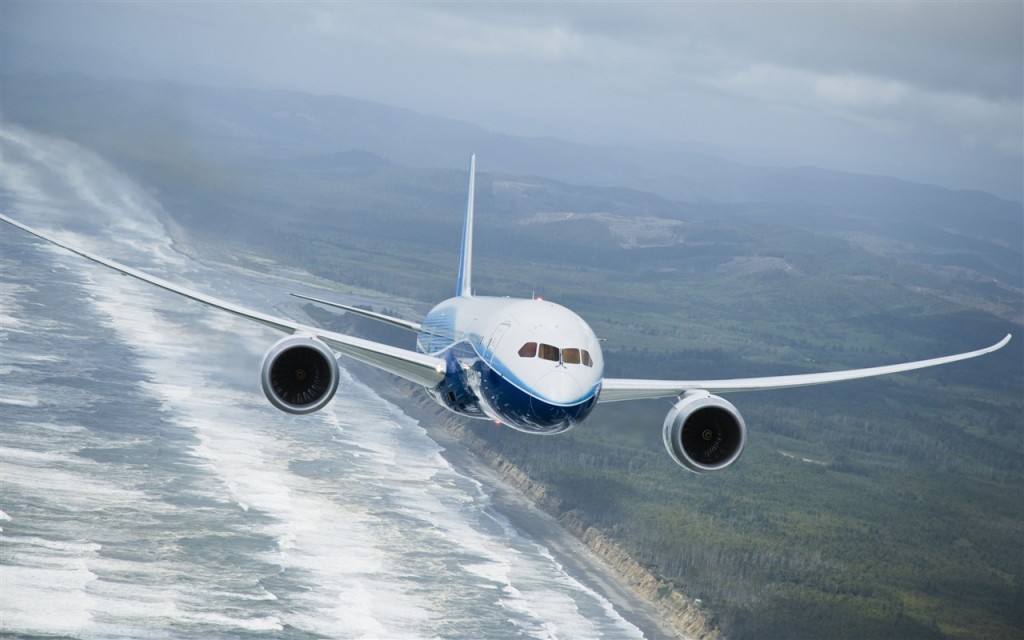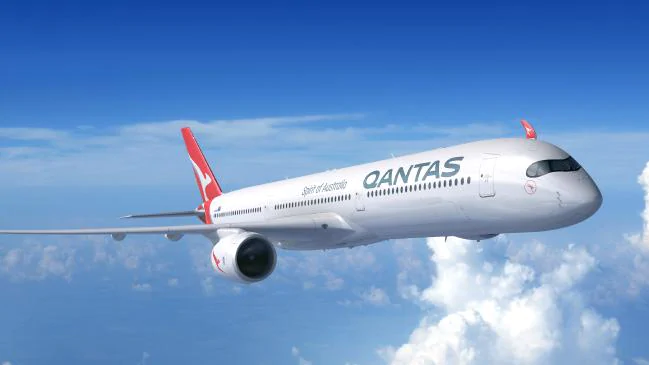Leeham News and Analysis
There's more to real news than a news release.
Environment and aviation, a gap between aspirations and reality
Subscription Required
By Vincent Valery
Introduction
Jan. 20, 2020, © Leeham News: Talks about climate change and the need to reduce human-induced carbon emissions are nowadays a daily occurrence in Western media. After years of faster-than-trend growth in global passenger numbers, aviation-induced carbon emissions commensurably increased in spite of record deliveries in latest-generation, fuel-efficient planes.
As a result of this growth, airlines have been one of the main targets of environmental groups. The high growth culminated in the start of the flight-shame movement that originated in Sweden (flygskam). As outlined in a previous LNA article, there are discussions about introducing a jet fuel tax for all flights within the European Union.
Airbus is committed to the “decarbonization” of its next airplane design.
Boeing’s next move for a new airplane has been sidetracked by the 737 MAX crisis.
Embraer is devoting considerable effort to developing a “green” airplane.
Summary
- Airlines and politicians on the back foot;
- Variety of opinion among regions;
- And airlines make consensus-building hard;
- An obsession with one way to reduce emissions;
- Flybe’s bailout summarizes contradictions and challenges.
How far can Boeing’s remaining cash cow, the 787, pay the company bills, Part 2?
By Bjorn Fehrm
Subscription Required
Introduction
January 16, 2020, © Leeham News: Last week we started the analysis of how much margin the Boeing 787 program is generating to cover the costs for The Boeing Company’s Commercial Airplanes division when the other cash cow, the 737 MAX program, brings no revenue or margin.
The 787 program is now in a state where it generates significant revenue and margin. The other programs, the 767 and 747 freighters, the 737NG (P-8A Poseidon) and 777 Classic make up less than 45% of deliveries with the 787 covering 55% of deliveries, and these programs are in phases where they deliver less margin.
Summary:
- The 787 program accounting employs different accounting block production costs for the different 787 variants.
- The 787-10 carries the highest accounting block cost and is accordingly the most important variant for the payback of the deferred costs.
- The 787-8, despite leading the program, generated the largest deferred costs (due to learning curve effects), amortizes the least of the variants.
Read more
To what level can Boeing’s remaining cash cow, the 787, pay the company bills?
By Bjorn Fehrm
Subscription Required
Introduction
January 9, 2020, © Leeham News: What a difference a decade made. In January 2010, the Boeing 787 Dreamliner had just made its much delayed first flight and its crisis was at its deepest. The aircraft would soon be more than three years late and its costs had more than doubled. One questioned if it would ever be a profitable program and how deep this money pit would drag Boeing?
Today, 10 years later, the 787 is Boeing Commercial Airplane’s sole cash cow, with a 737 MAX which can’t be delivered, the 777 in difficult migration to 777X and the 767 freighters just hanging in there profitability-wise.
But how profitable is the 787, eight years after its first delivery and coming from very red numbers? We look behind Boeing’s accounting rules to find how much of the company bills can be paid by Dreamliner profits when other programs can’t contribute.
Summary:
- Boeing uses US Program Accounting rules that allow production cost swings to be shuffled between the beginning and the end of an aircraft program.
- This presents nice quarterly profits in the program’s early days when there are actual losses but it comes around making mature aircraft programs less profitable than programs using international accounting rules where profits are calculated for each delivered aircraft (Unit based accounting).
- We go behind the Boeing quarterly figures to analyze how profitable the Dreamliner is over the next years, now when it needs to shoulder the cash cow mission for a wounded company.
Air India’s Rupee bottomless pit
Subscription Required
By Vincent Valery
Introduction
Jan. 6, 2020, © Leeham News: Air India lost more than $1bn in the fiscal year 2018-19. After years of heavy financial losses, the Indian government is mulling another privatization attempt.
The current Air India is the result of the 2007 merger with another publicly owned airline, Indian Airlines. The Indian flag carrier owns several subsidiaries, including two operationally separate airlines, and a hotel chain.
One would a priori think that the sustained losses are mainly the results of a bloated cost structure. LNA went through Air India’s financial statements since the fiscal year 2007-08 to see whether that is the case.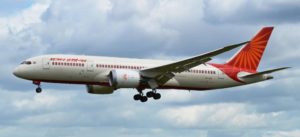
The root causes of Air India’s chronic losses will make the latest privatization attempt challenging to execute for the current government.
Summary
- A complicated history and structure;
- Strategic decision and competition drag company down;
- Not only a cost problem;
- Lessons from a failed privatization attempt.
2020 Outlook for Airbus, Boeing, et al
Subscription required
Introduction
By the Leeham News team.
Jan. 2, 2020, © Leeham News: This will be a pivotal year for Boeing.
It will be a year of challenges for Airbus.
Embraer Commercial Aviation should disappear.
Mitsubishi Heavy Industries faces final decisions for the SpaceJet.
Overhanging international trade is the US presidential election.
These are just some of the headlines to look for in 2020.
Leeham News and Analysis provides its annual outlook as the new year, and the new decade, begins.
Boeing tells union: MAX production halt “weeks;” others see months
Subscription Required
By Scott Hamilton and Byran Corliss
Introduction
Dec. 23, 2019, © Leeham News: The Boeing 737 MAX production shut down will be measured in “weeks,” Boeing told one of its unions.
But “weeks” is a highly open-ended description.
One supplier estimated for LNA that the suspension will be at least 60-90 days.
An aerospace analyst sees the halt lasting 3-6 months at a minimum.
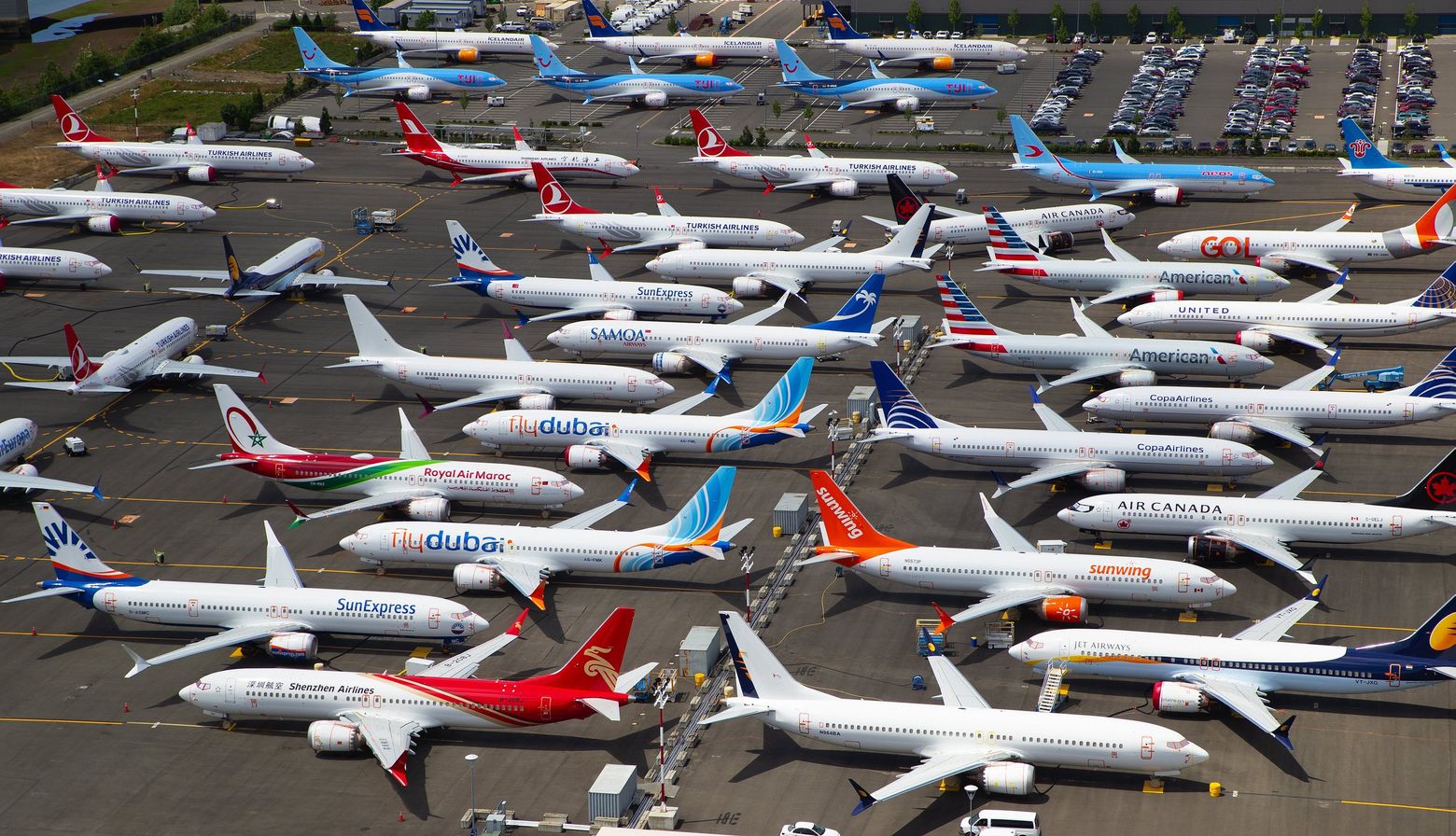
Boeing 737 MAXes stored at Boeing Field. Source: Seattle Times.
LNA’s analysis does not see production resuming before the Federal Aviation Administration notifies Boeing that it has a date certain for recertification. It has announced no timeline, although published reports already suggest this could be any time from mid-February to well into March.
But these are speculative dates.
Summary
- Boeing now says that once certification is achieved, delivering from the inventory is a priority over producing new airplanes.
- This raises additional uncertainty over restarting production.
- Spirit Aerosystems has some 90 fuselages in storage.
Read more
Why did Qantas choose Airbus’ A350-1000 for project Sunrise?
By Bjorn Fehrm
Subscription Required
Introduction
December 19, 2019, © Leeham News: Qantas Airways declared the Airbus A350-1000 the winner for its project Sunrise last week. After two years of competition with Boeing’s 777-8, it was the preferred aircraft for what many say is the holy grail of airline routes, the Sydney-London route.
Many speculate it’s the delay in the availability of the 777-8 that was the deciding factor. We use our airliner performance model to check if this is true or if there are other factors that turned the A350-1000 the favorite.
Summary:
- The A350-1000 is a stretch from the A350-900 while the 777-8 is a shrink from the larger 777-9.
- A derivative based on a stretch is often more efficient than one based on a shrink.
- When Airbus adjusts the Maximum Take-Off Weight and fuel capacity of the A350-1000, it can fly the routes Qantas asks for.
Are AirAsia and AirAsia X outgrowing their key markets?
Subscription Required
By Judson Rollins
Introduction
Dec. 16, 2019, © Leeham News: AirAsia and long-haul sister AirAsia X have been growing at world-leading rates for much of the past two decades. AirAsia’s fleet growth in the 2000s was so rapid that it quickly became a top customer of Airbus’s A320 program; the airline is now second only to India’s IndiGo as an A320neo customer.
However, neither of the airlines nor their joint venture partners across Asia are producing solid financial returns–making it questionable whether they can economically fly all the aircraft they have on order.
Summary
- Mediocre financial results after lease expenses;
- Debt loads are above industry average, especially at AirAsia X;
- One of the world’s largest order books, especially for A320neos;
- Key bases in countries where capacity growth outstrips local economic trends.
Norwegian’s attempt to survive
Subscription Required
By Vincent Valery
Introduction
Dec. 12, 2019, © Leeham News: Norwegian Air Shuttle (NAS), struggling to survive after years of over-expansion, took major steps over the last few weeks to overhaul its finances and strategy.
Major strategic shifts included the sale of the Argentinian subsidiary, the end of trans-Atlantic narrowbody operations, and exit out of long-haul markets in two Scandinavian capitals.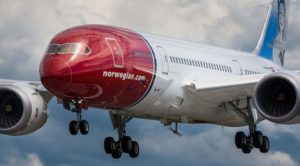
The airline appointed Jacob Shram, a former McKinsey consultant and Statoil executive, as a new CEO. Former JetBlue Chief Commercial Officer Marty St. George is also joining the airline on an interim basis.
After years of breakneck expansion, the airline vowed a shift in focus on profitability and business efficiency. In this article, LNA analyzes the various announcements and assesses whether NAS has a chance to survive in the long term.
Summary
- (Finally) cutting the losses;
- No stones left unturned to raise cash;
- Drastically altered fleet plans;
- Chances of working out.



